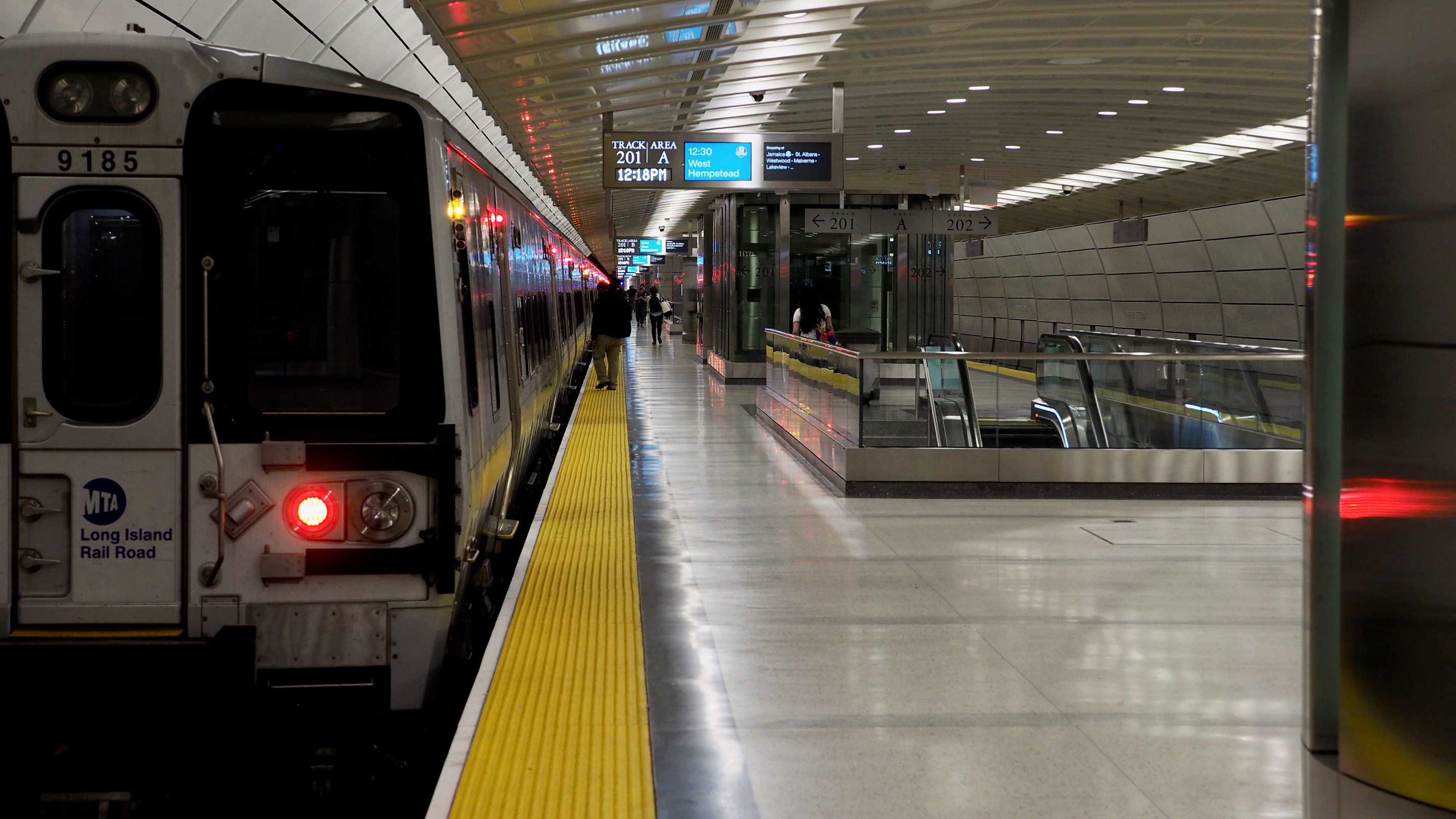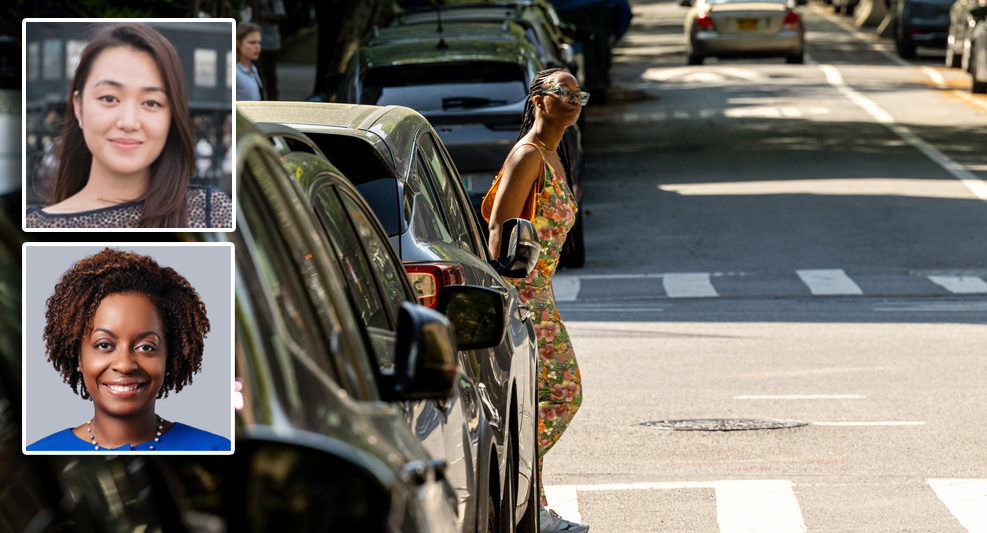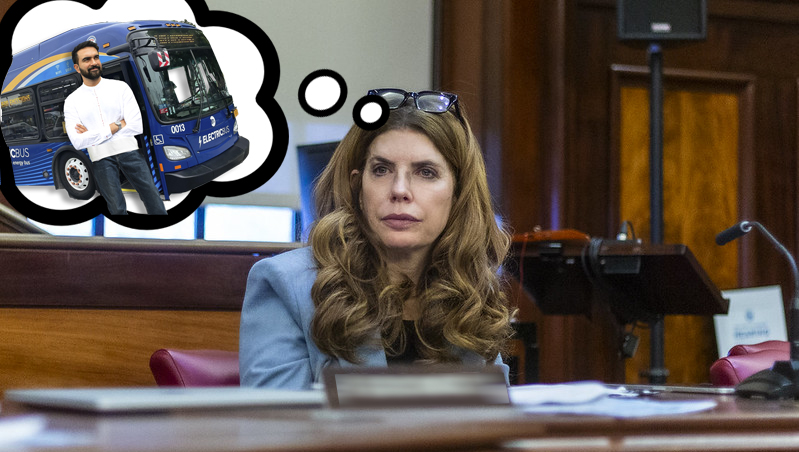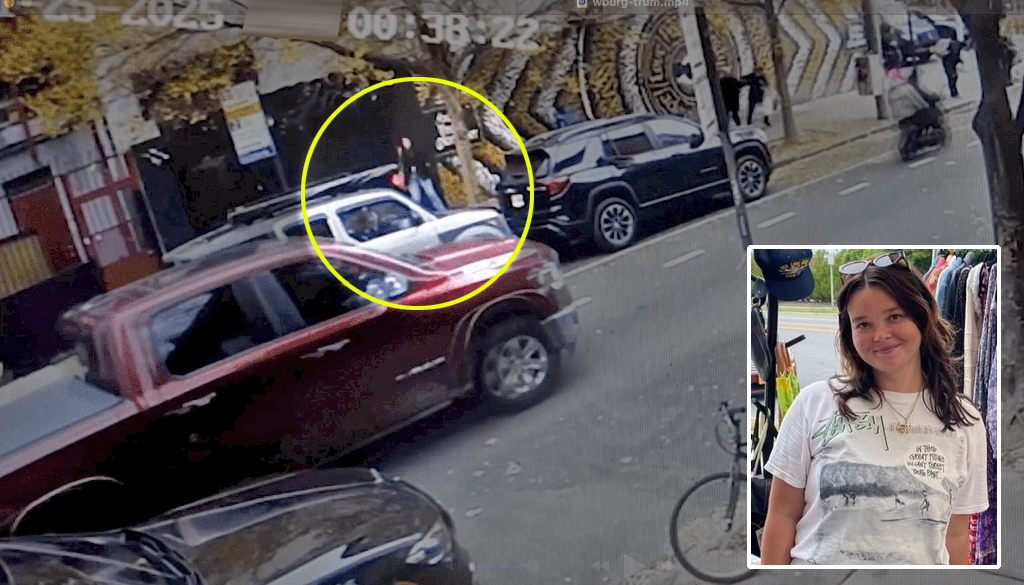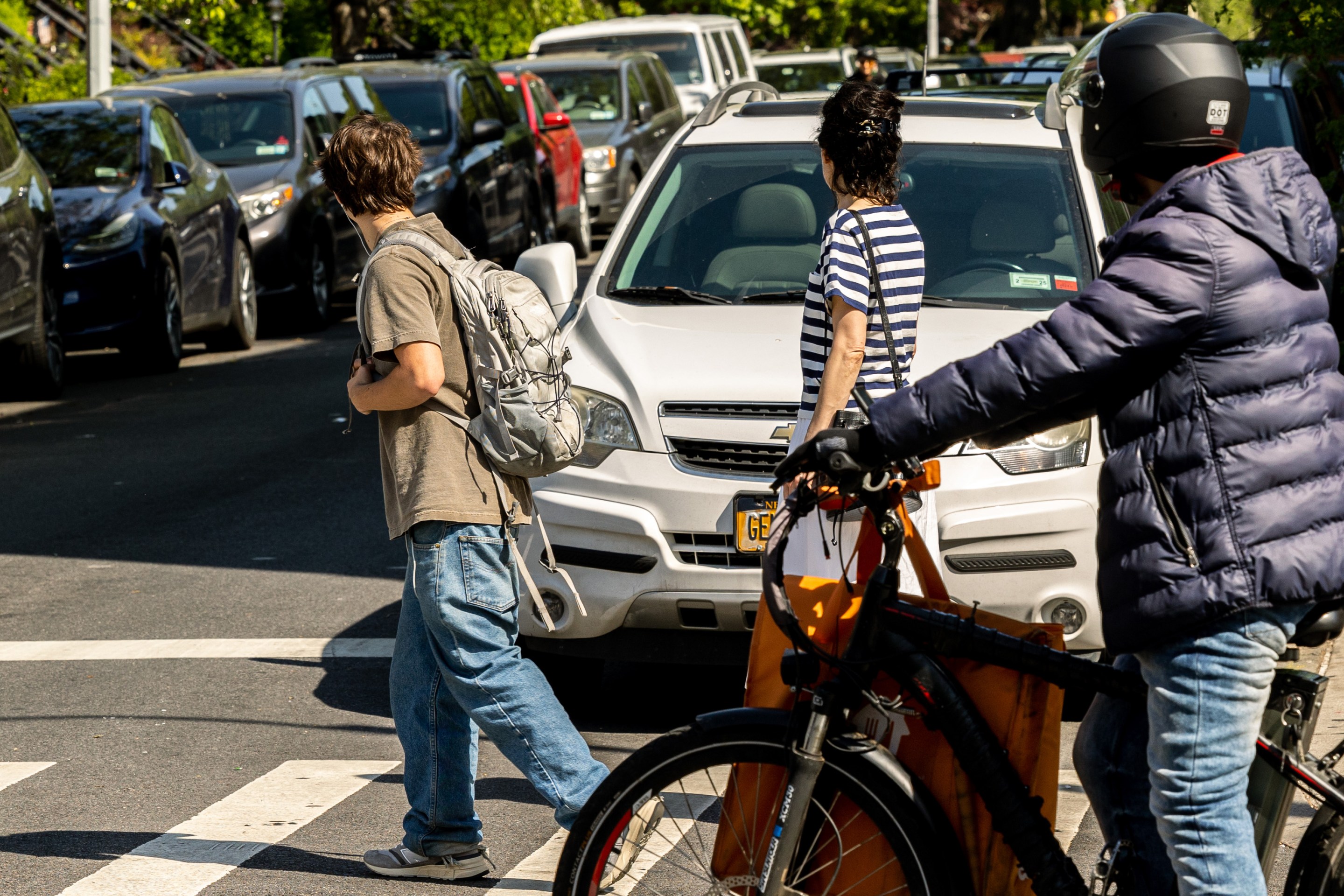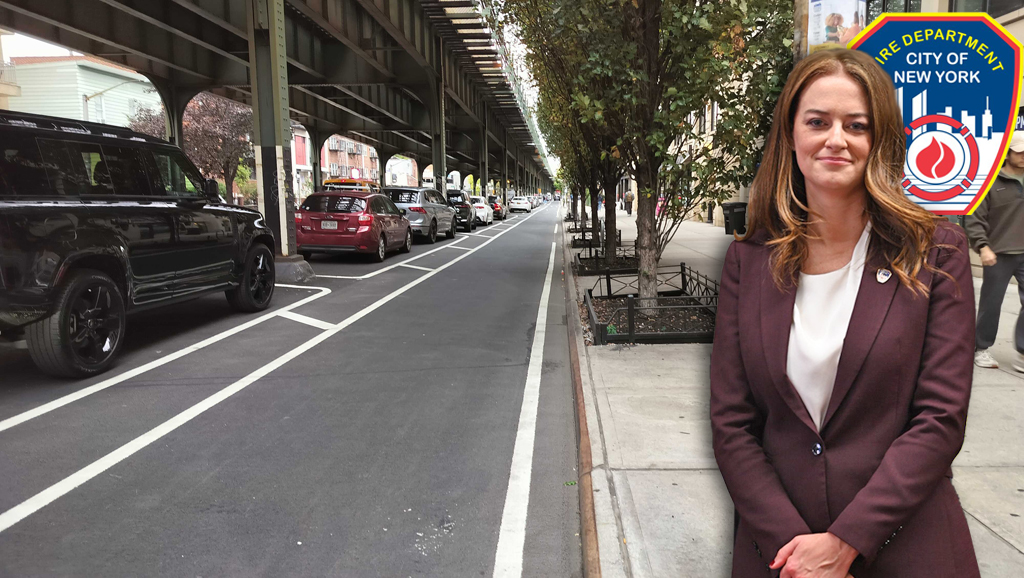Meet the Mets? Not on the Long Island Rail Road!
The MTA would have to spend at least $3 million in contracted union fees to provide the same special game-day service to Citi Field as Metro-North gives Yankee fans to go to the House that Ruth Built, data obtained by Streetsblog shows.
It's all due to contracts that gives drivers and conductors a full day's extra pay if they are assigned to "special" game day trains to Citi Field, even if no overtime is required because the conductor is still in the middle of a normal eight-hour shift.
Those work rules are once again under intense scrutiny as the agency faces off with several LIRR unions in contract talks that came to the brink of a strike in mid-September.
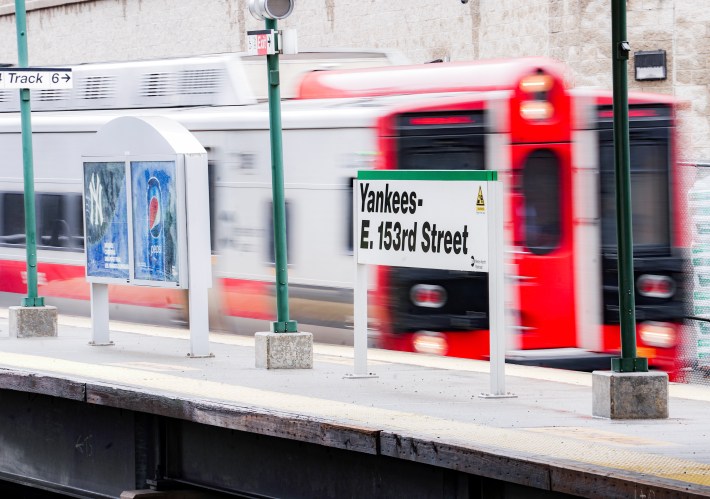
The differing work rules on the MTA's two commuter railroads won't make sense to a baseball fan, given that both Citi Field and Yankee Stadium are roughly the same size, are both adjacent to commuter rails lines, and both teams play the same number of regular season home games: 81.
But Metro-North gave Yankee Stadium more than 10 times the amount of special game-day service than Met fans enjoyed on the LIRR, the data shows.
Specifically, Metro-North ran 1,431 special game-day trains to Yankee Stadium during the 2025 regular season. That's roughly 18 additional trains per game. Some of these trains even carry a special name: "The Yankee Clipper."
The Yankees are home for a must win game tonight against the Blue Jays in the American League Divisional Series.
— Metro-North Railroad (@MetroNorth) October 7, 2025
We are running extra game day service, Yankee Clipper trains and all!
View schedules in the TrainTime app.
Hopefully we can do this again tomorrow night! pic.twitter.com/qWuPoT1kDs
The LIRR provided just 112 extra trains to Citi Field, or fewer than one train per game per direction.
The difference is in the labor agreements. Metro-North's union contracts do not have a similar double-pay requirement for special trains. That double-pay rule costs the MTA roughly $2,100-$2,400 for each extra train scheduled during the Ryder Cup this past September, sources said. That small per-train cost would quickly add up to $3.4 million over a baseball season.
"Yet again, city riders are losing out to suburban political interests," said Danny Pearlstein, a spokesman for Riders Alliance. "At the bottom of this particular work rule is more crowded No. 7 trains."
Side by side
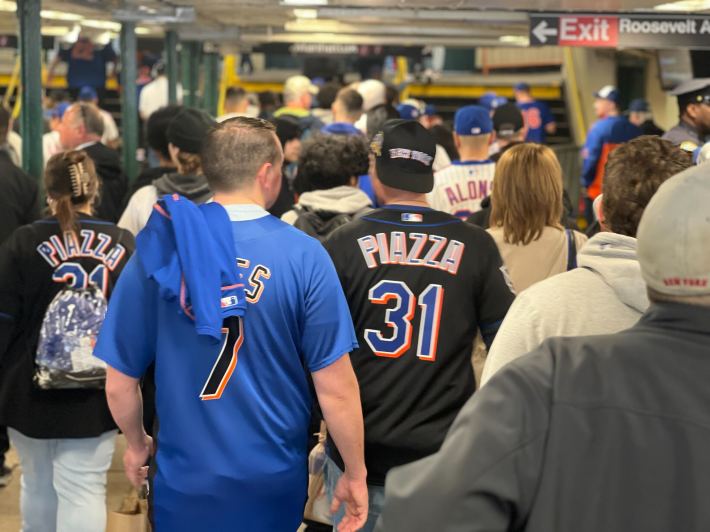
The case for extra trains between Flushing and Manhattan is obvious. Game days — especially this year, when the Mets had more than three million ticketholders — turn the already crowded 7 subway into blue-and-orange sardine cans. An increase in service on the LIRR tracks at the same station would really help.
Just 18 LIRR trains — nine in each direction, the same as the Clipper — could carry 6,000 people, or 15 percent of the stadium's capacity.
It's not a lack of infrastructure — the LIRR already has a yard right next to Citi Field, allowing it to easily store trains for special event service — it's the labor work rules.
Playing by the 'rules'
The LIRR's work rules date back to the 1920s — before the LIRR was rescued from the Pennsylvania Railroad and taken over by the state, according to a 2008 report by the MTA Inspector General.
These extra labor payments are "the product of antiquated work rules with little to no modern justification that entitle operators to extra pay for doing certain job tasks," according to an agency-wide review in 2019.
But what are the rules?
There's a "co-mingling" rule, meaning that if an engineer switches between driving a diesel locomotive or a nearly identical locomotive with both diesel and electric propulsion systems, he or she gets a second day's pay even if no extra hours are worked.
There's a rule that gives engineers a second day of full pay if he or she moves a train in a yard and drives a train in revenue service on the same day.
And then there's a penalty that pays workers for another eight hours in addition to their regular day's pay if they are "assigned to operate a special train or trains, i.e., race train, group tours, football specials, baseball specials," the contract between the union and the LIRR reads.
The effect of the rule is that it prevents the MTA from using crews with downtime in a regular shift — for example, after the end of the rush hour — to add service for special events, even if it does not extend the employees' shift.
Few ways out
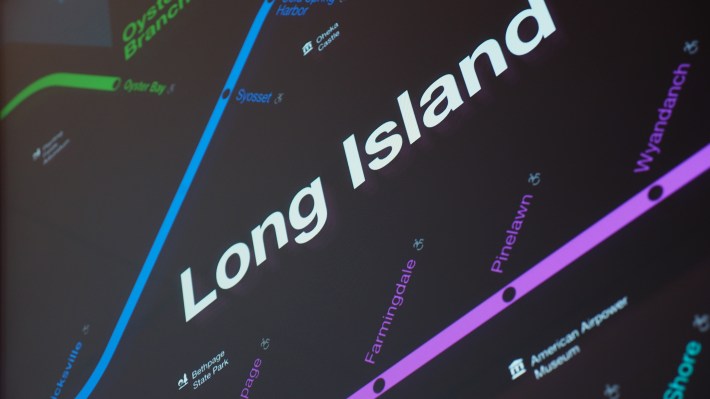
There are three ways for the agency to avoid the penalty, all of which carry their own costs.
First, it can keep running the extra trains for all eight hours, meaning that much of the day, the train would be going back and forth simply to avoid paying the driver two times for one day's work.
Second, park the train after the event is over and not assign the crew back to regular service.
Third, it can add stops to trains already on the regular schedule, which adds a couple of minutes to the commutes of the existing riders; this was how the LIRR provided the bulk of its extra service to Farmingdale during the recently completed Ryder Cup.
Costly arrangement
The MTA could save as much as $160 million a year if it could run the LIRR as efficiently as Metro-North, a Streetsblog review of federal data shows.
Agency bosses blame work rules long embedded in LIRR labor contracts for the substantial differences in the costs to operate the two railroads and for consuming money that could otherwise go to providing more service.
"This has an impact on the riders that goes beyond just the dollars," said MTA honcho John McCarthy at a Penn Station press conference, shortly before the unions put the strike plans on pause and asked for the White House to convene a second round of mediated talks that could last into May.
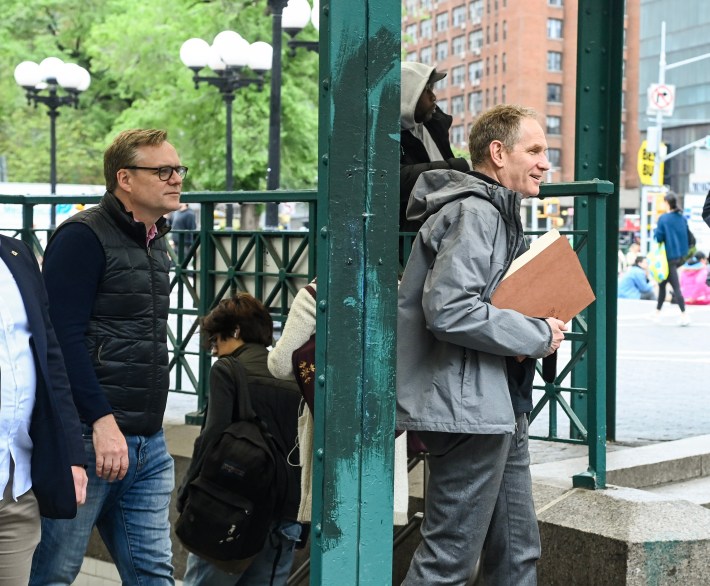
"There may be a train that you want to add but it will cause this conflict that will incur a penalty," he added. "And then we're in the position of 'do we do that and then wind up spending money on a penalty and then get criticism' or 'do we not run that service?' It's a tough position and we'd like to move on from that."
The Brotherhood of Locomotive Engineers and Trainmen did not respond to a request for comment.

The union is among five that are holding out from the pattern of agreements struck by the MTA with its other major labor unions, including the LIRR's conductors, which granted a 9.5-percent raise over three years.
Those agreements under the pattern did not contain any significant changes to the work rules. That means, for instance, the LIRR's conductors kept their own extra pay rules for special trains to the ball games.
But the Brotherhood of Locomotive Engineers and Trainmen is part of a coalition pushing for a fourth year that would increase salaries by an additional 6.5 percent, bringing the total to 16 percent. The MTA responded to that demand with one of its own — that they grant work rule concessions that would help offset higher wages.
For now, the issue has been punted off until May.
That would mean that any strike would take place during the 2026 election cycle, when Gov. Hochul is up for re-election.
Train of history
Norman Brown, a former longtime member of the MTA Board of Directors, where he represented Metro-North's unions, believes that suburban politics explain the difference between work rules on the Metro-North and the LIRR.
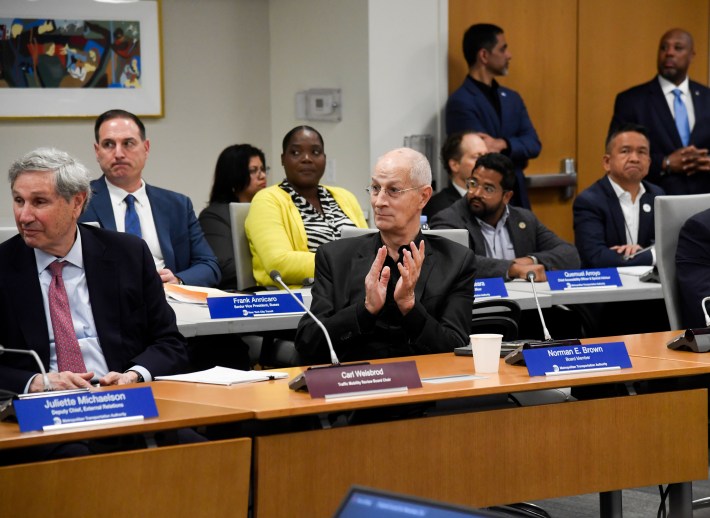
Political power in Connecticut and Westchester and Dutchess counties is more diffuse, he said, and so there was less pressure on the MTA to settle a brutal Metro-North strike in the early 1980s that lasted for six weeks.
"They were out [on strike] long enough that [management was] able to get most of the [work] rules," he said.
Brown added that Long Island's politicians typically have a unified front, which puts pressure on the MTA to settle before a strike long before the union would be forced to make concessions.
"The politicians think of it is their little toy train," he said.
Full disclosure: I authored a report at New York University's Marron Institute of Urban Management that called for the full electrification of the LIRR, which would upgrade the diesel service and end "co-mingling."
